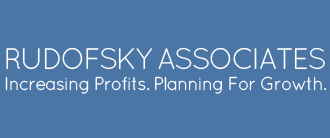Final Exam Question to Merchants: Calculate your Groupon’s ROI
Groupon spent $208 million in marketing for the first three months of 2011, this represented 77% of its $270 million of gross profit for the same three month period. Groupon’s marketing spending for these three months was driven by customer acquisition in international markets it had recently entered. International sales represented 54% of Groupon revenue for this period.
By comparison, Google spent $246 million in sales and marketing in 2004, the year of its IPO; this represented 14% of its $1,732 million in gross profit for the same twelve month period. International sales represented 34% of Google revenue for 2004, up from 29% in 2003.
Even allowing for Groupon’s relatively faster penetration of international markets, one might ask: what is it about Groupon’s offering that is requiring it to spend such a high percentage of its gross profit? After all, coupons have been around for decades prior to the launch of Groupon, while Google’s AdWords product was truly new to the marketplace. Is there something about the range of possible financial results for merchants on a Groupon promotion that requires more convincing, leading to the need for a relatively high marketing spend by Groupon?
To further explore this question, I asked the students of my Managerial Accounting and Finance class at Polytechnic build a simple Return on Investment model for a hypothetical restaurant owner using Groupon for the first time.
In this hypothetical exercise, a restaurant owner had 1,200 couples per month visiting his restaurant prior to running a Groupon promotion which attracted 240 customers, entitling them to a $100 meal, one that cost the restaurant $40 to serve. Assuming that half these 240 couples were existing customers, and half were new customers, I asked the students to calculate what percentage of the newly found customers had to become “regulars” for the restaurant to get a reasonable 15% Internal Rate of Return (IRR) on the cost of the Groupon promotion.
The answer…… nearly 25% of the newly found customers had to become regulars.
For a free copy of the merchant Return on Investment model described above, please send a request at David@RudofskyAssociates.com. It provides an easy way for business owners to model what the Internal Rate of Return of a Groupon promotion might be for them, under a variety of assumptions and scenarios. And for some more interesting perspectives on merchants’ results with Groupon, check out these articles in “Business Week” and “Harvard Business Review.”





